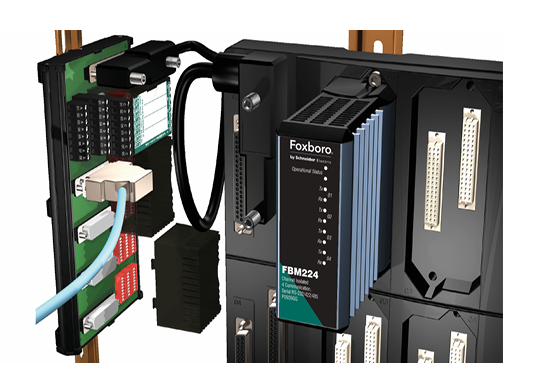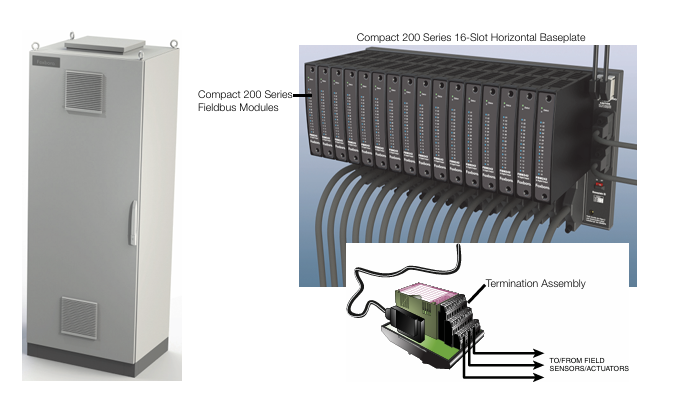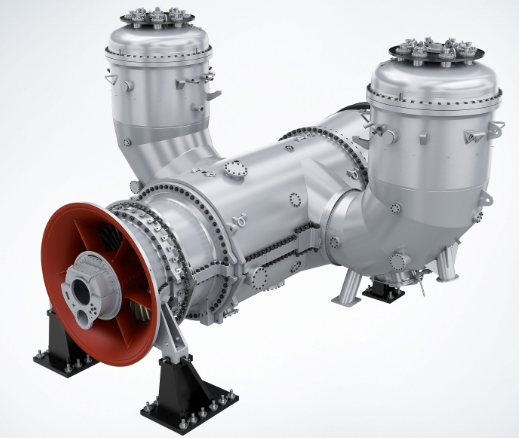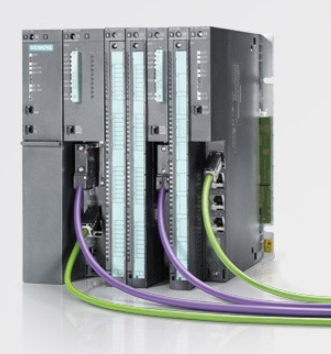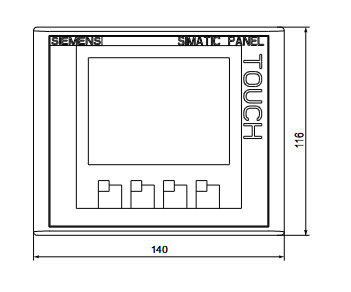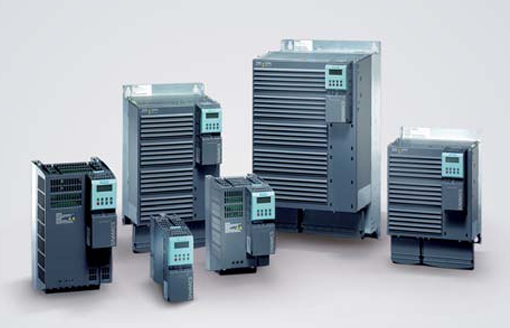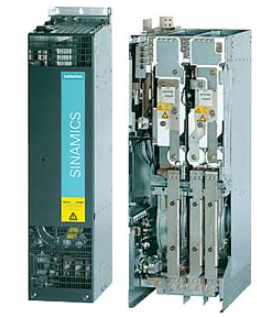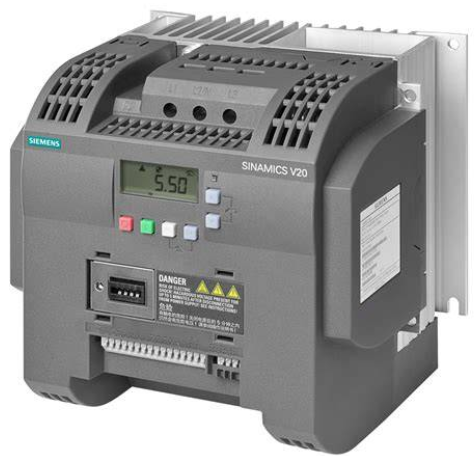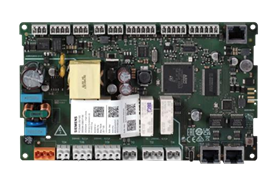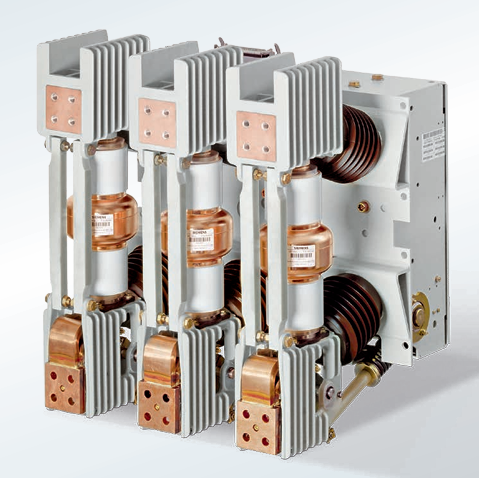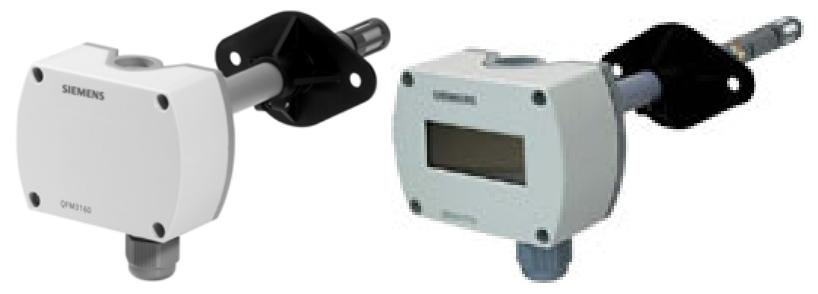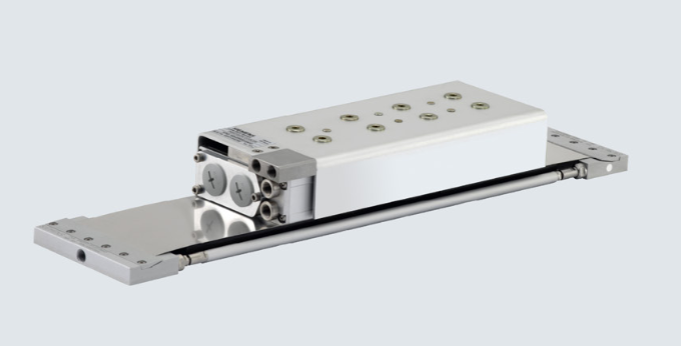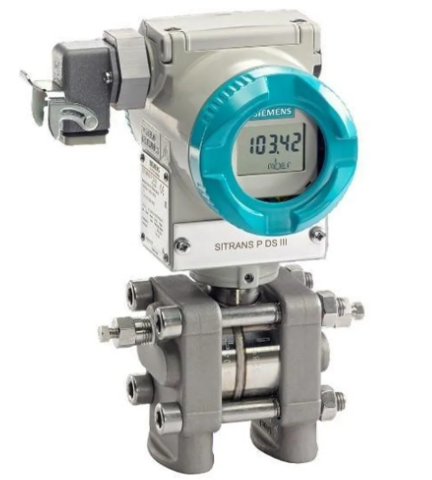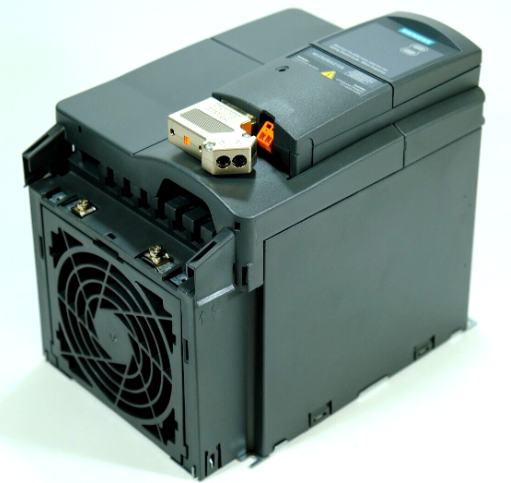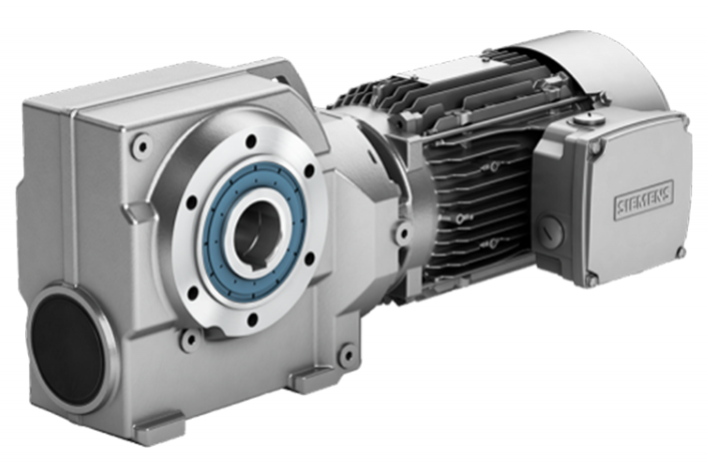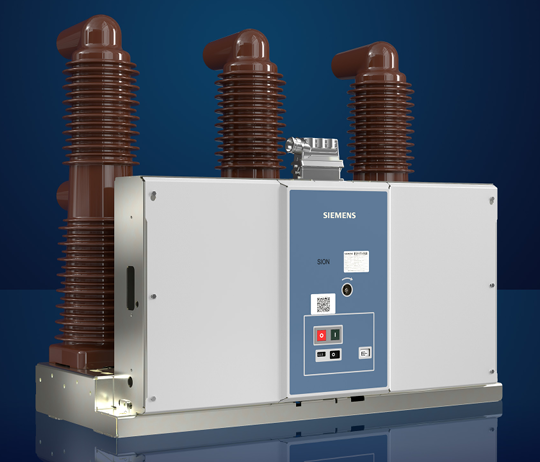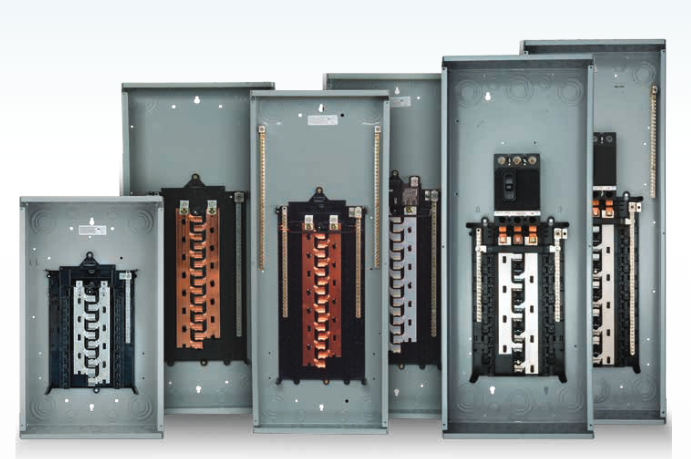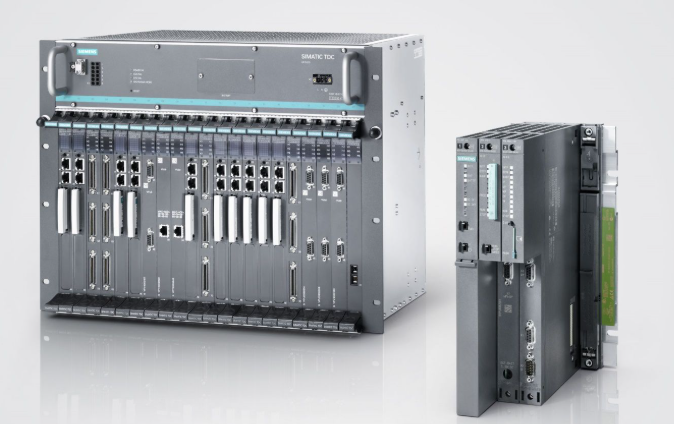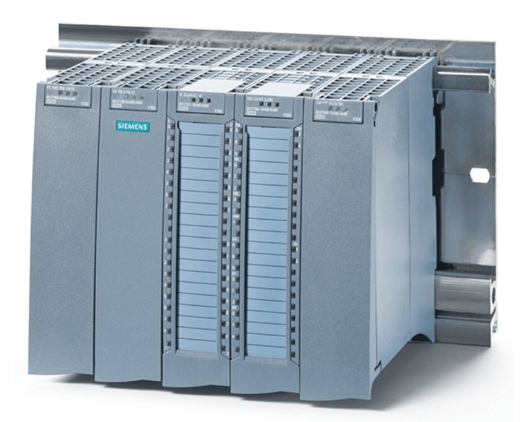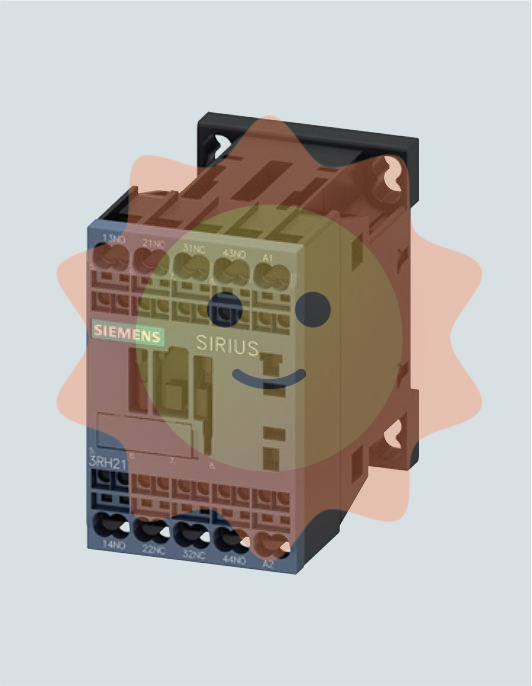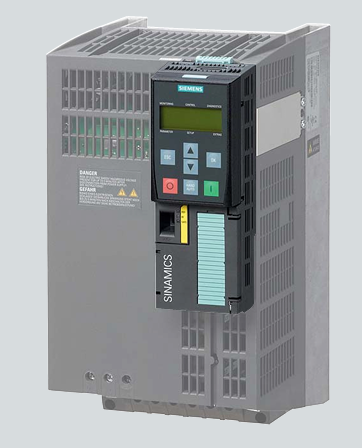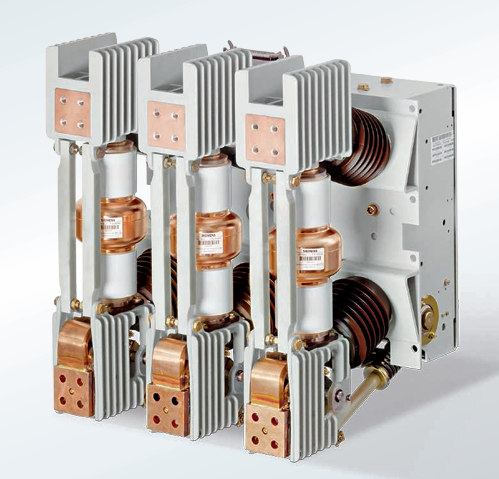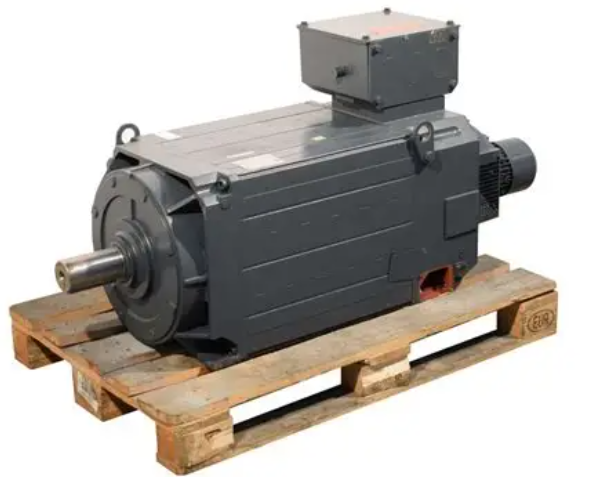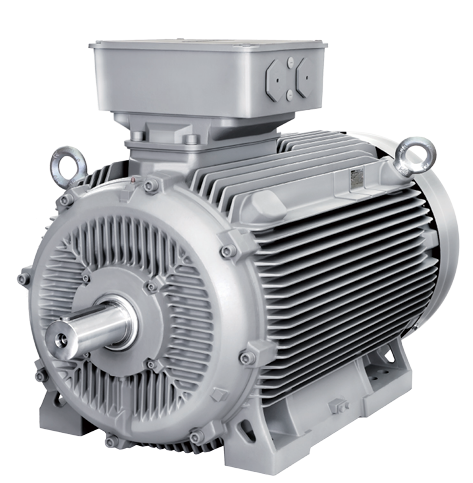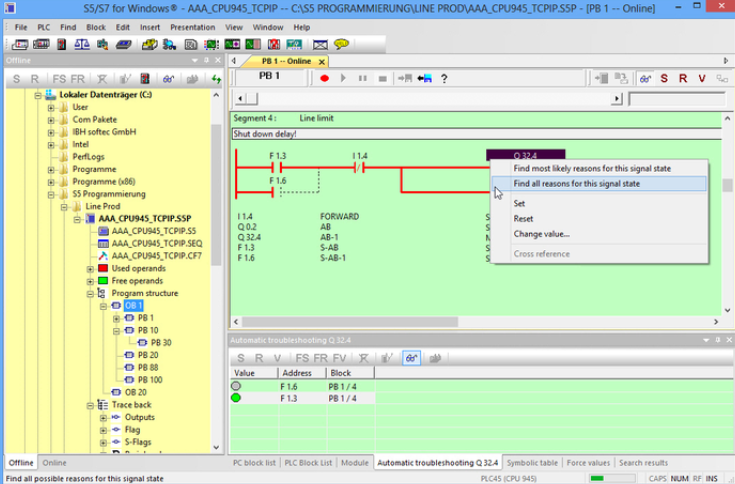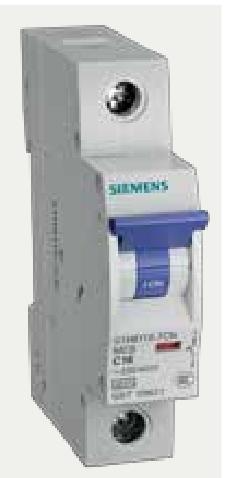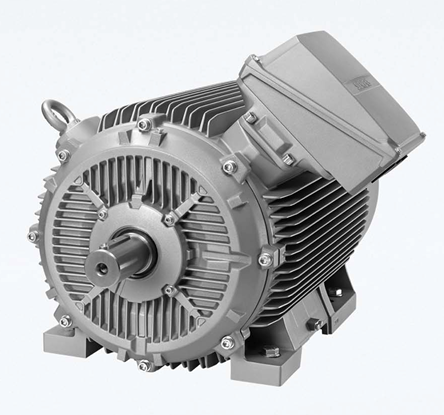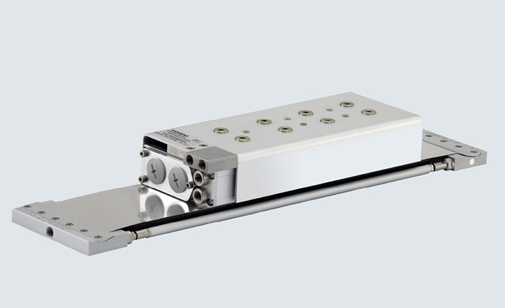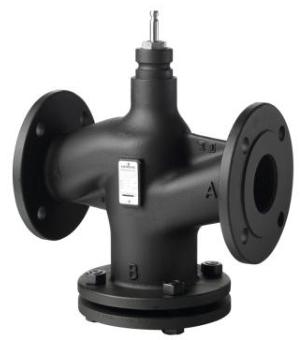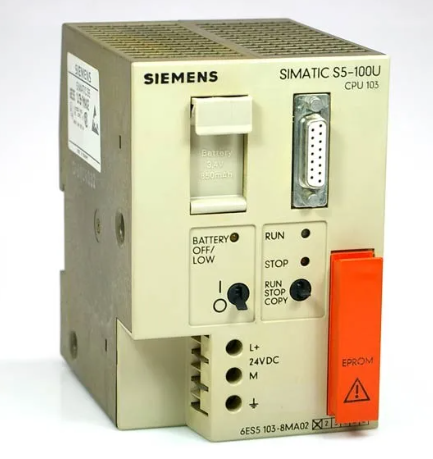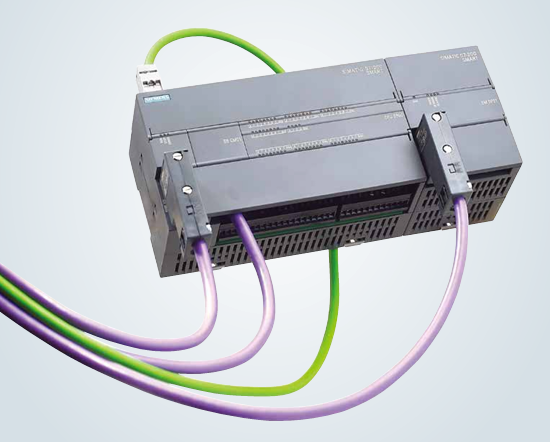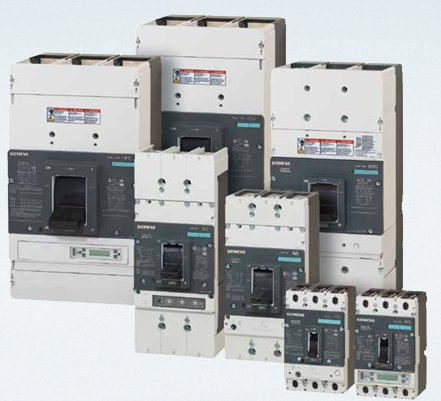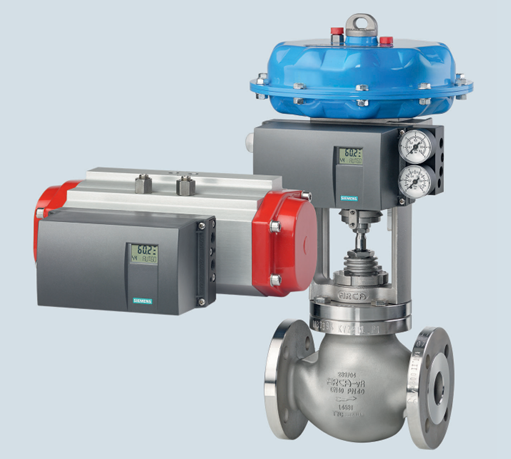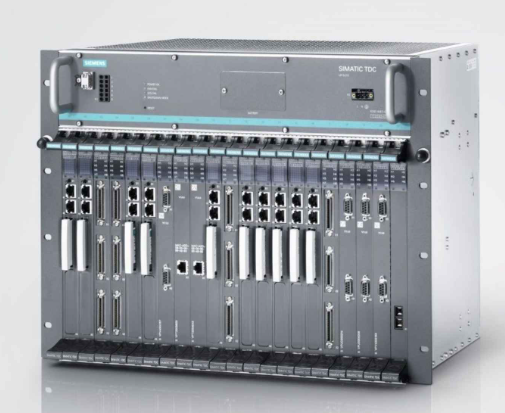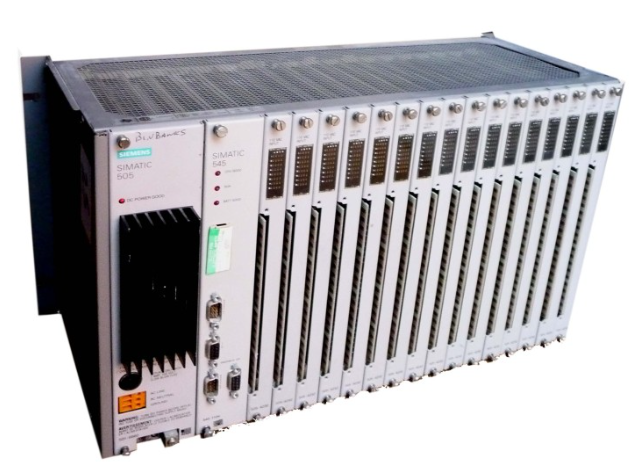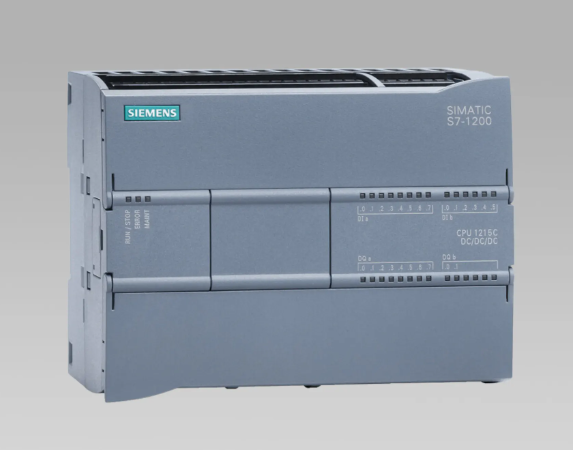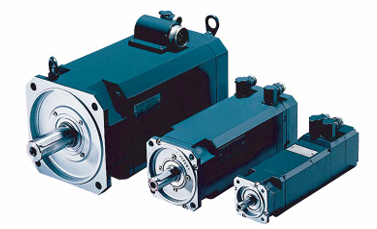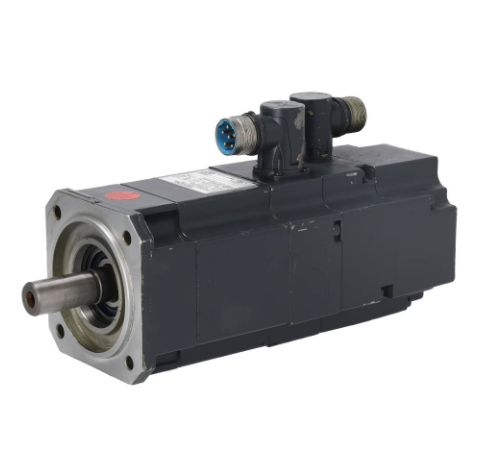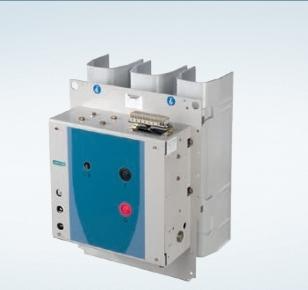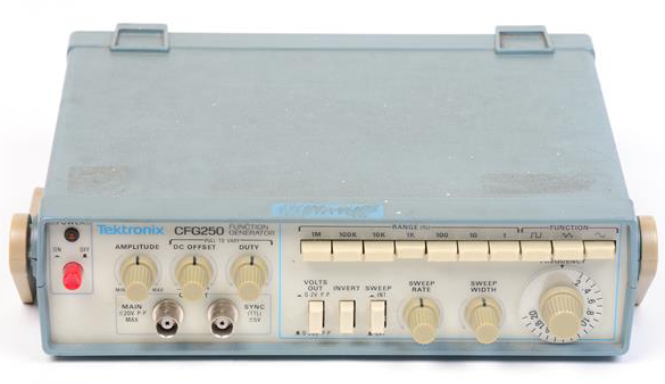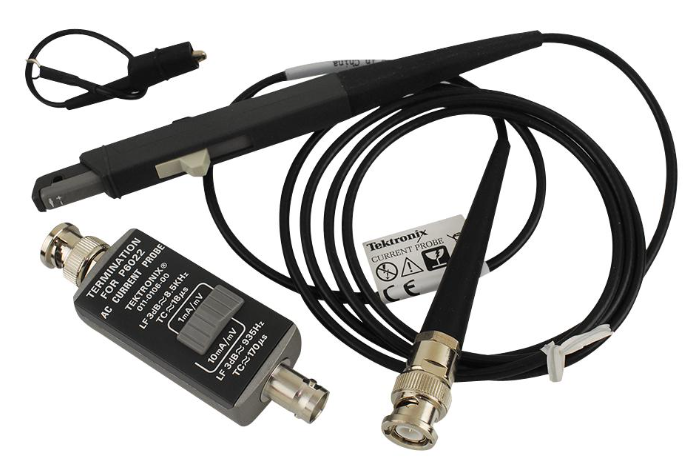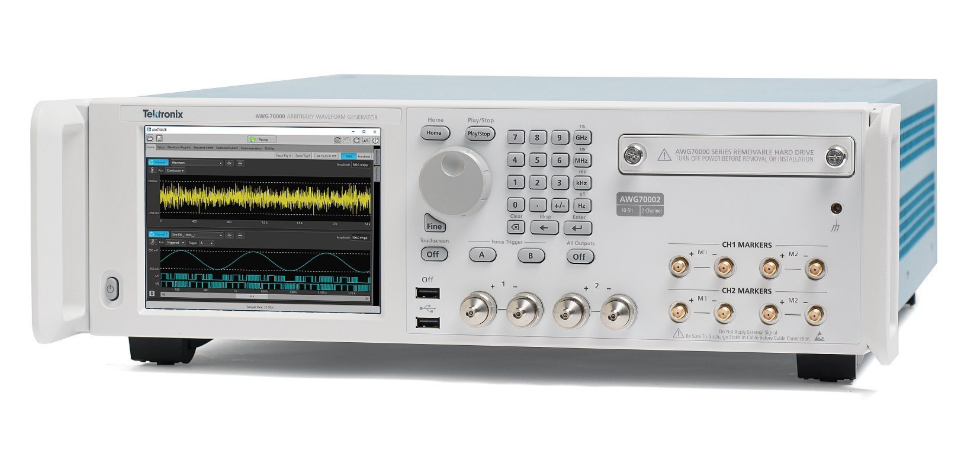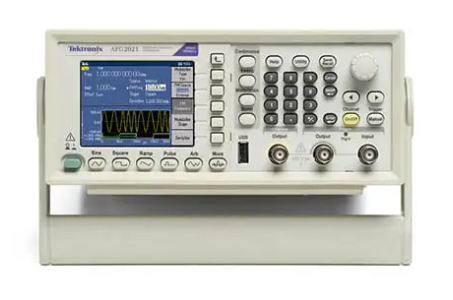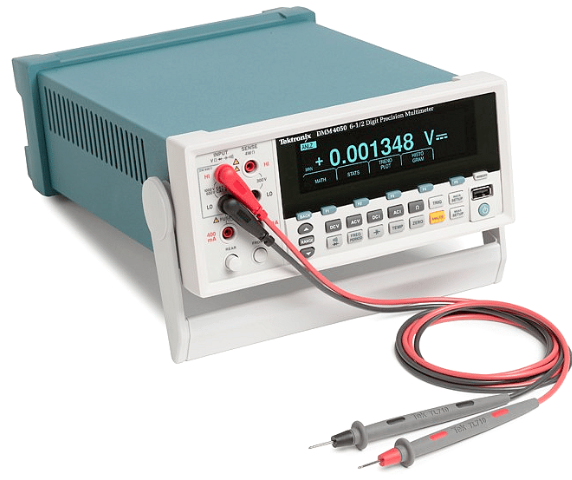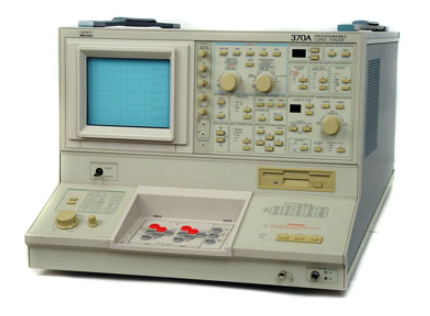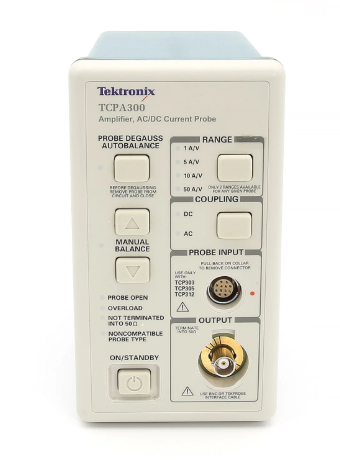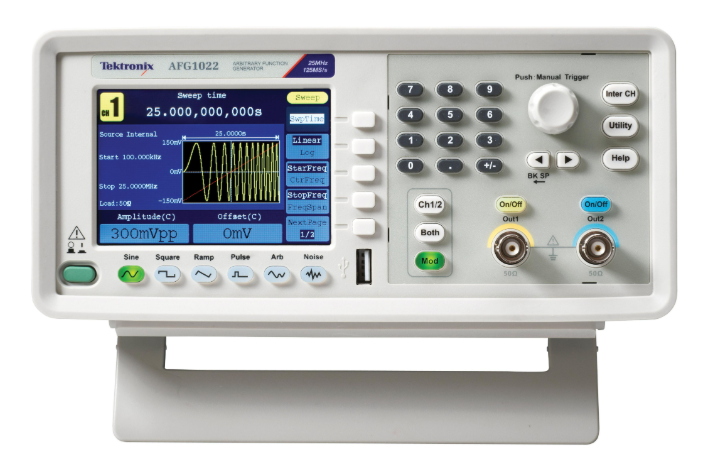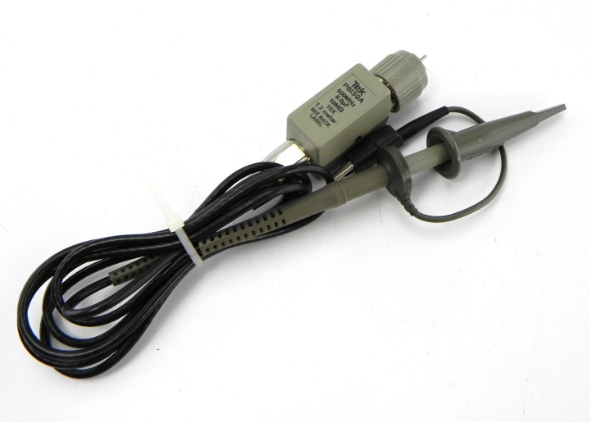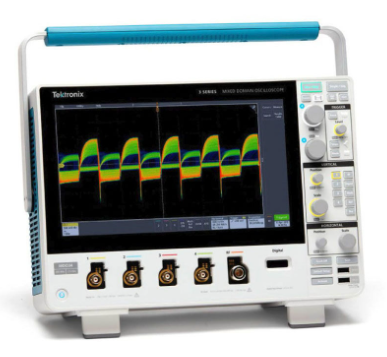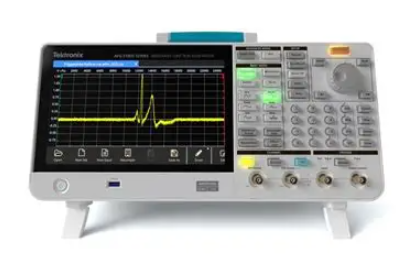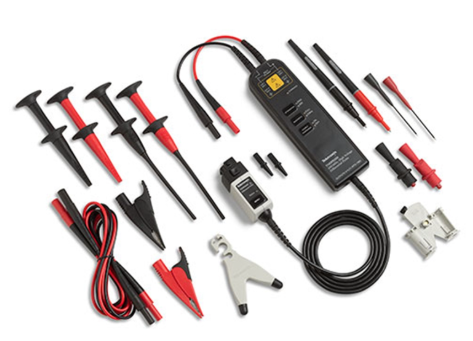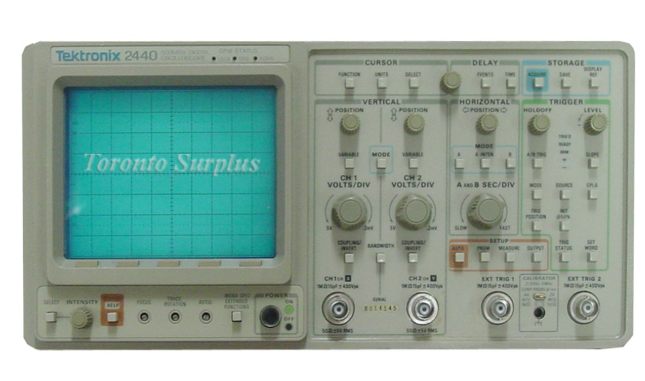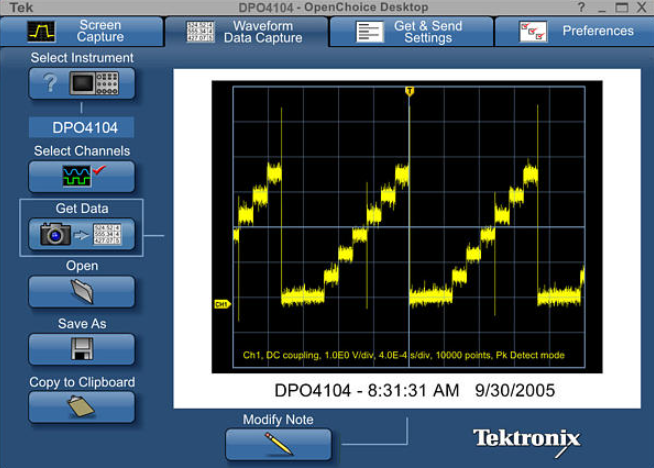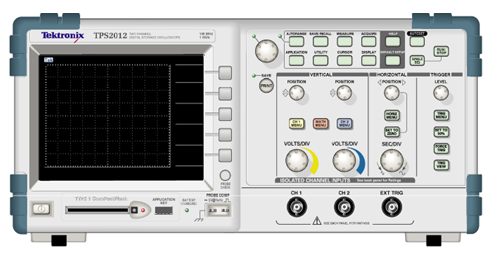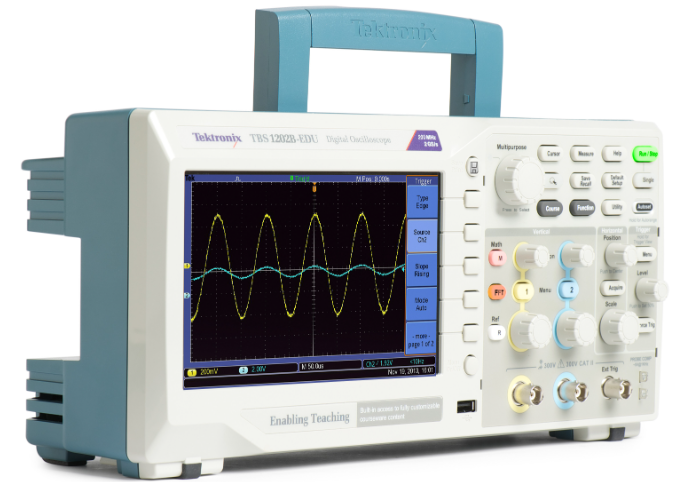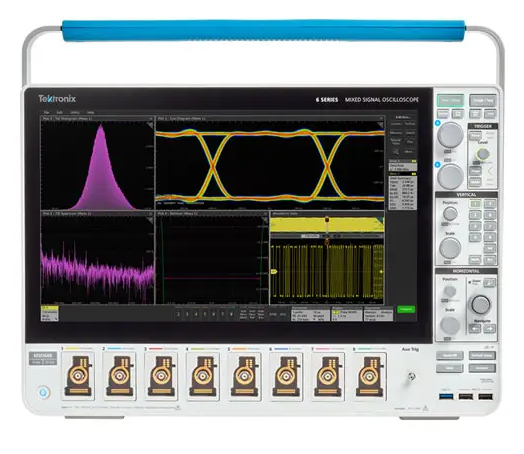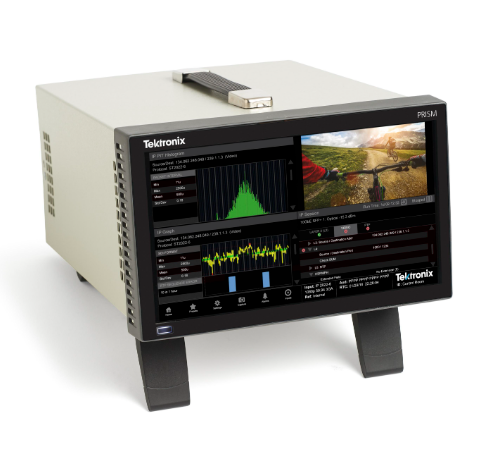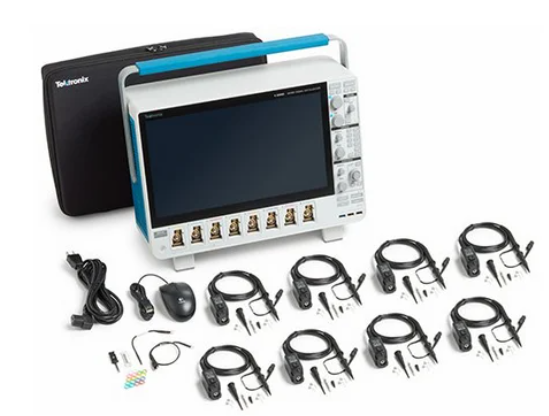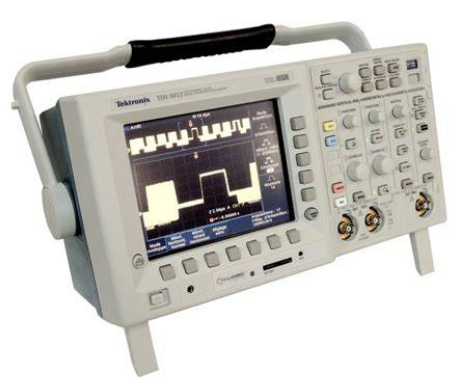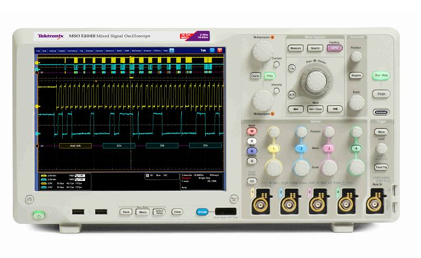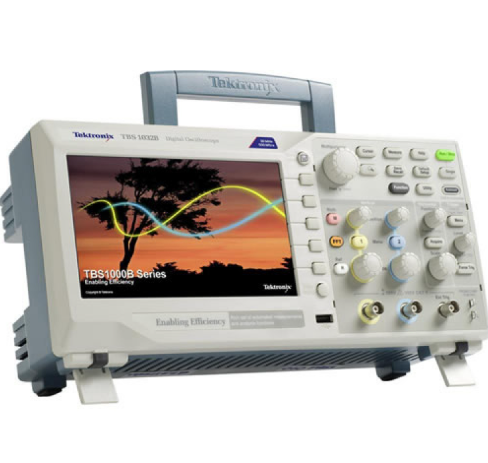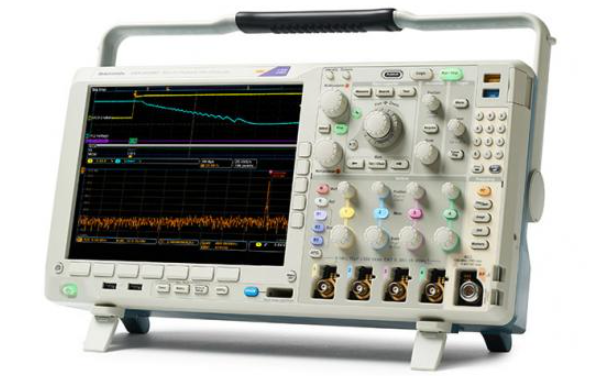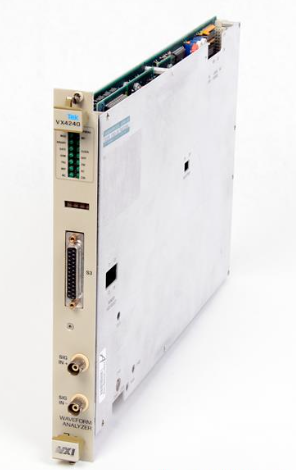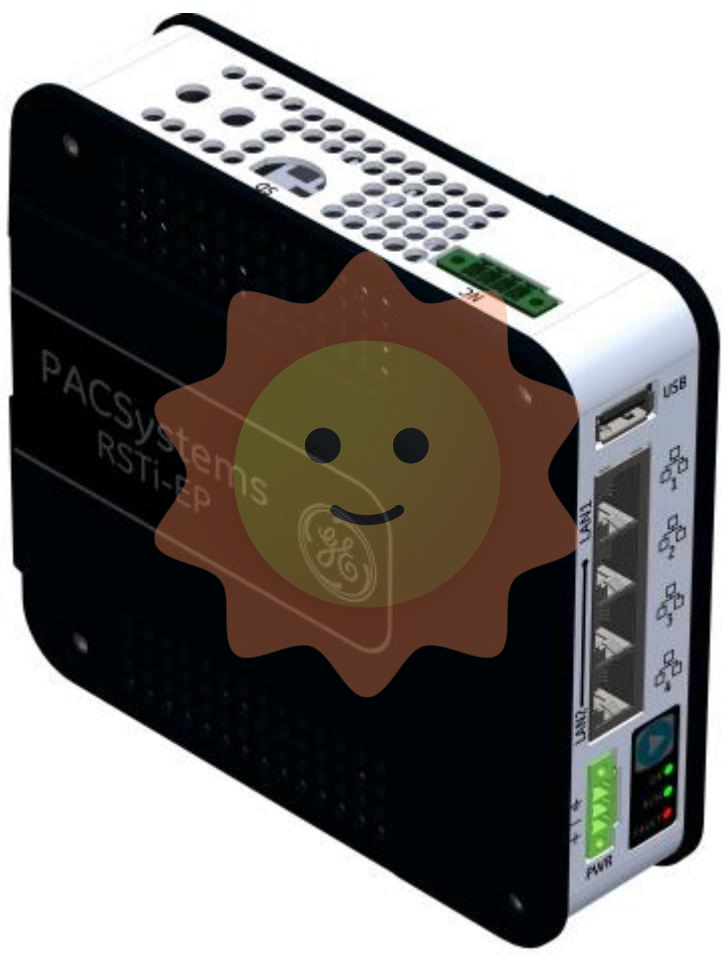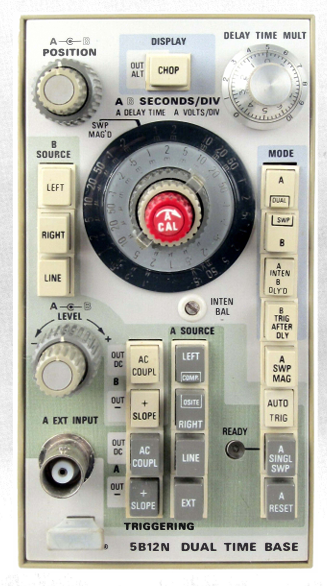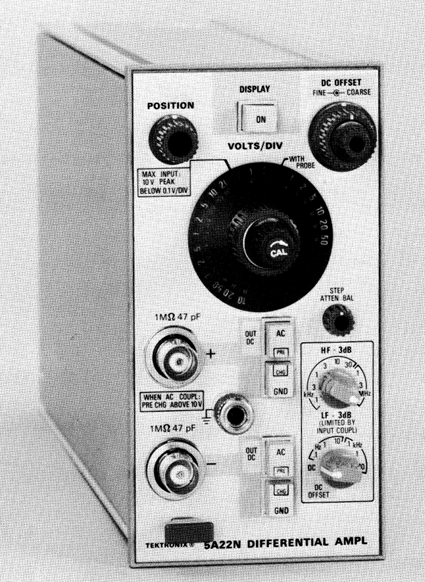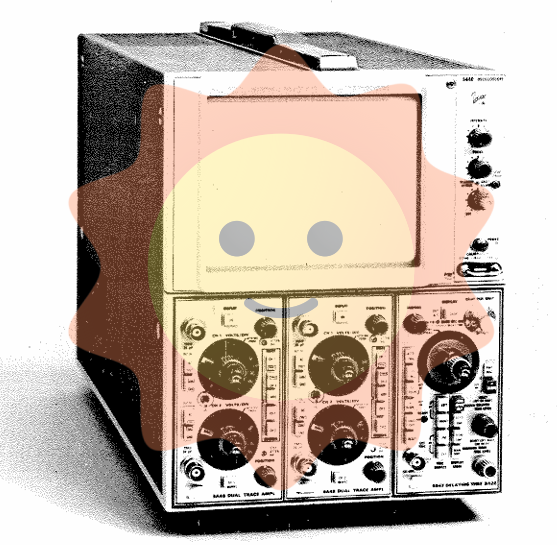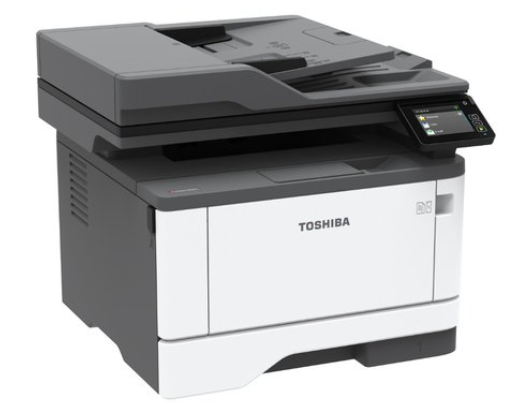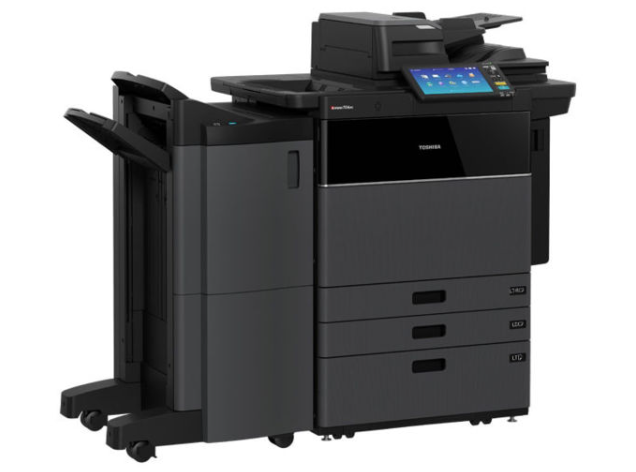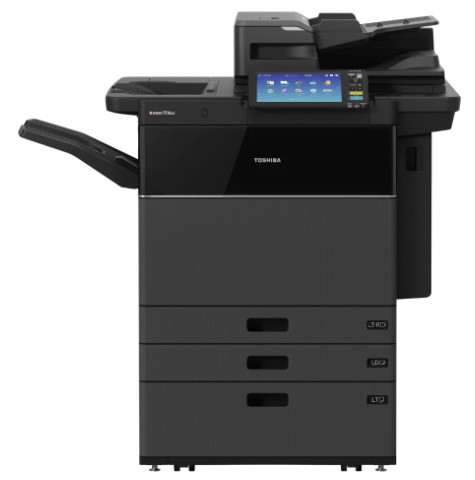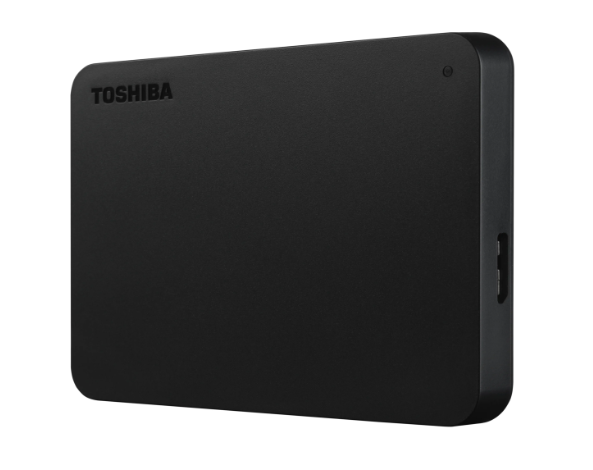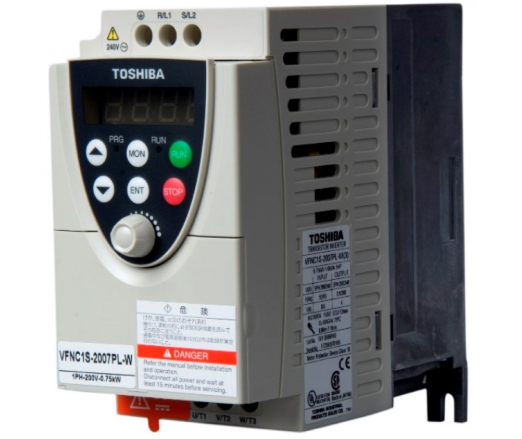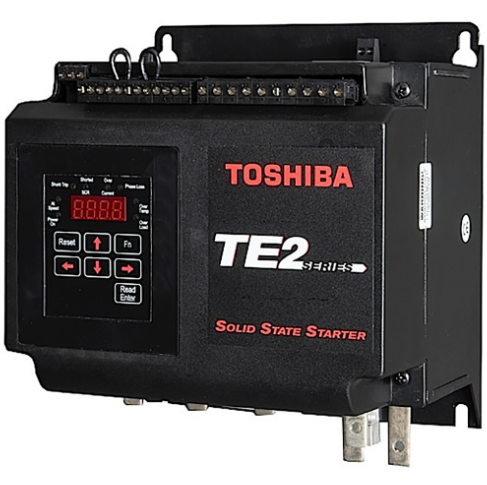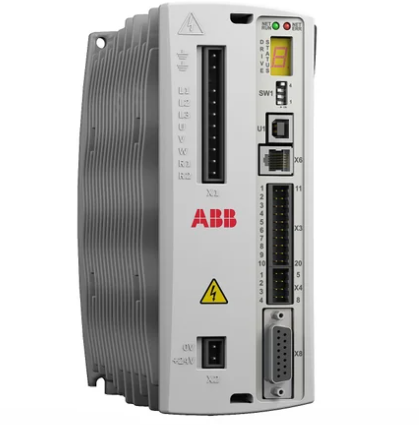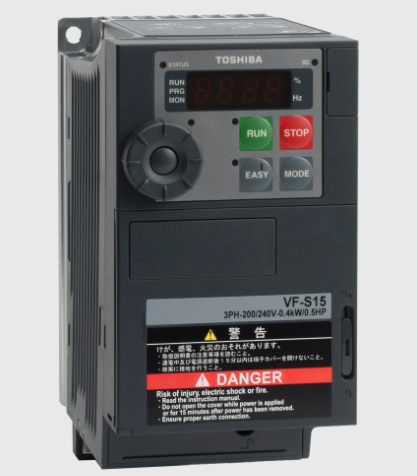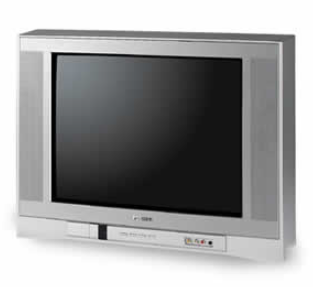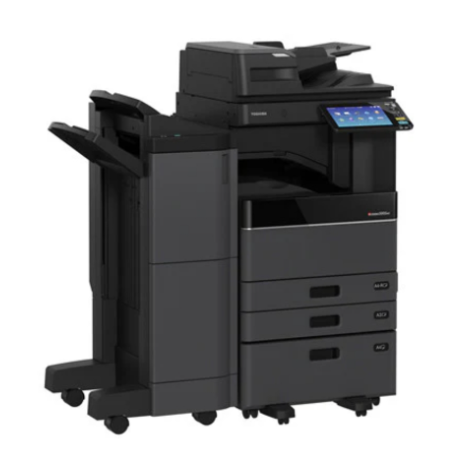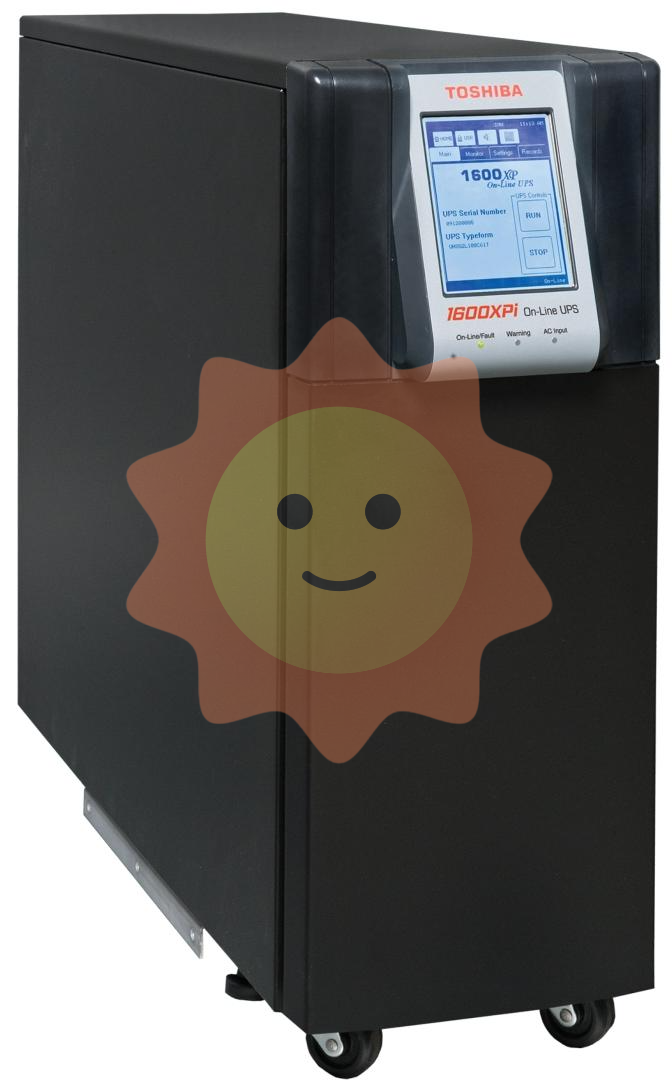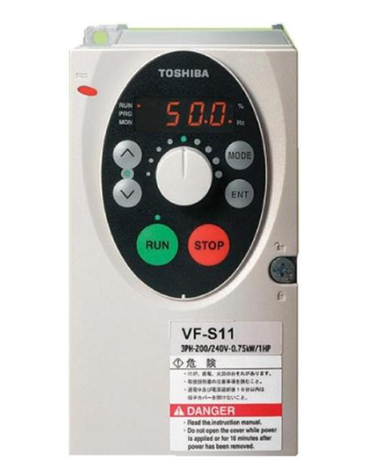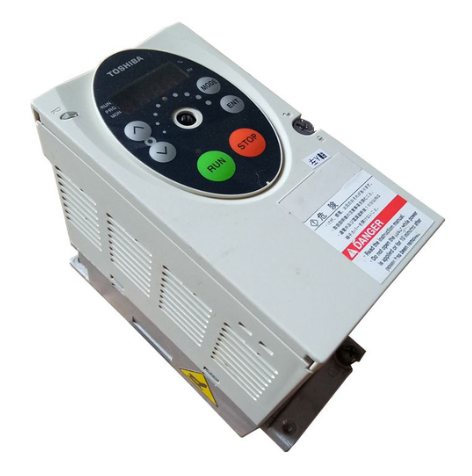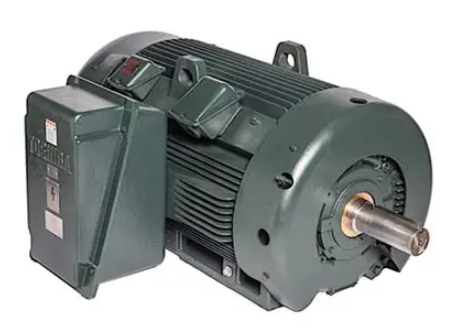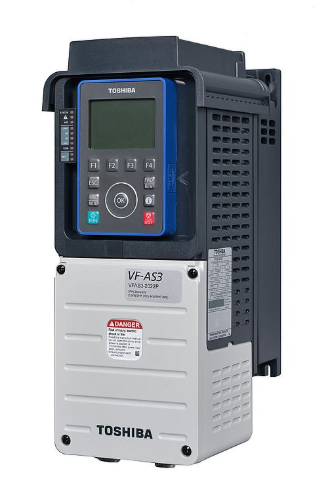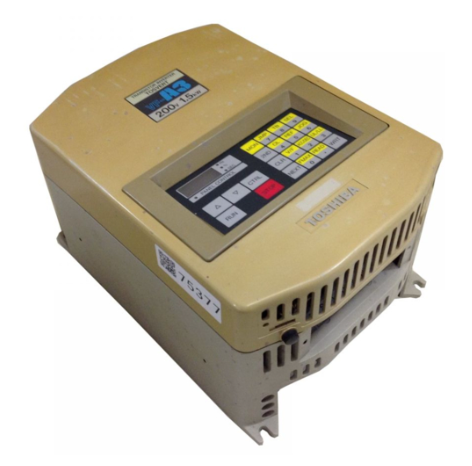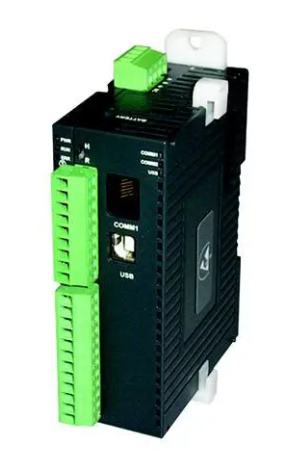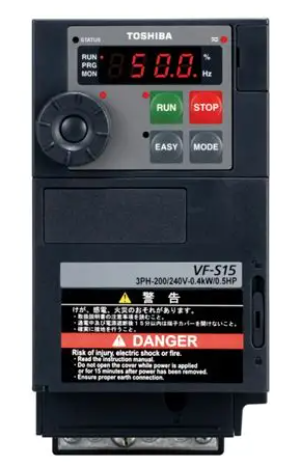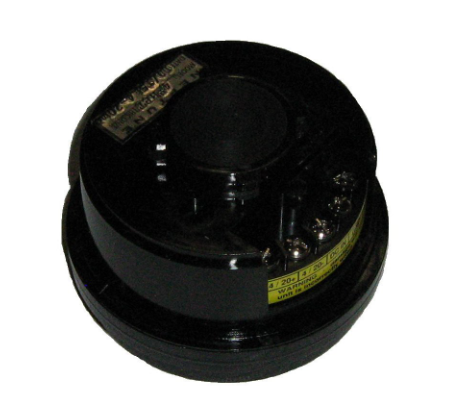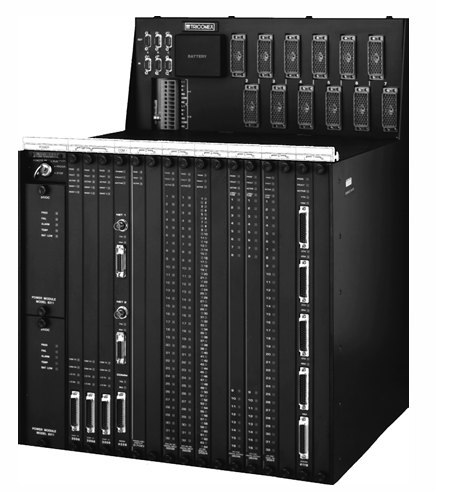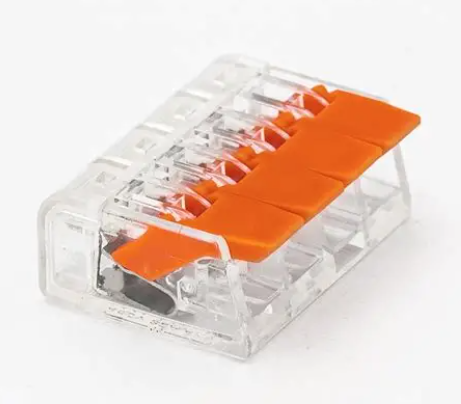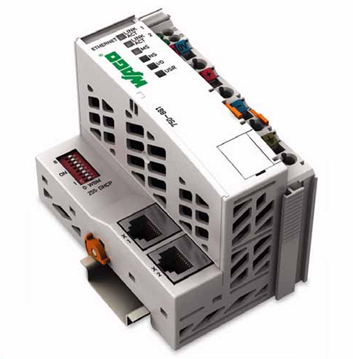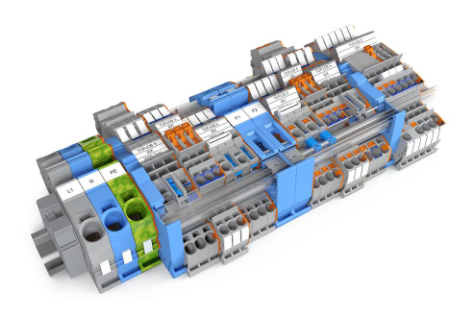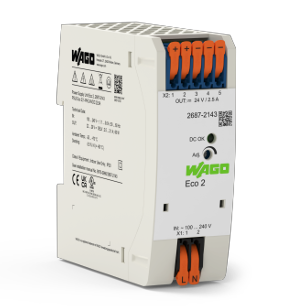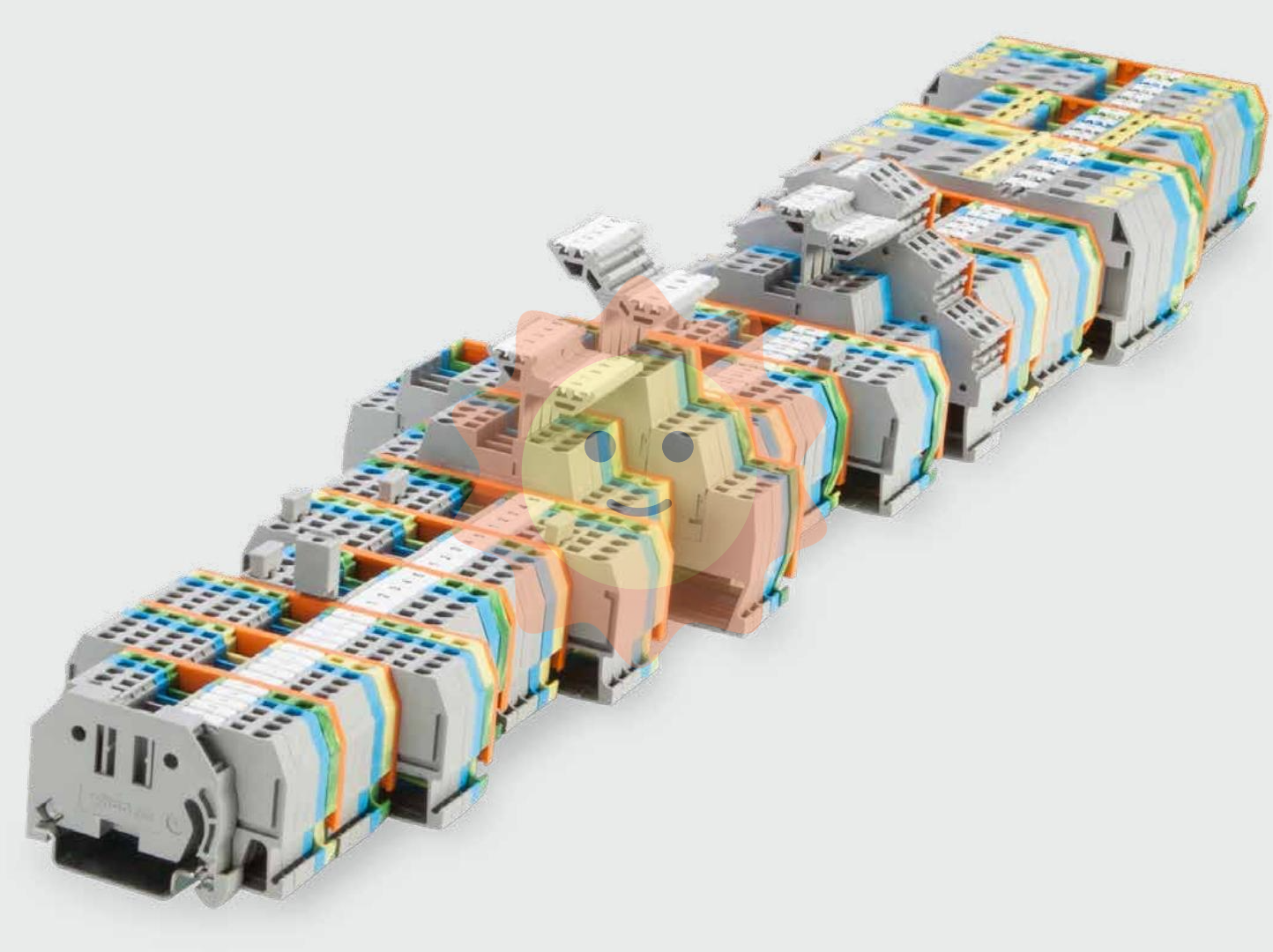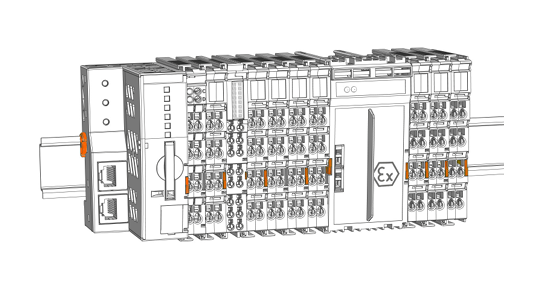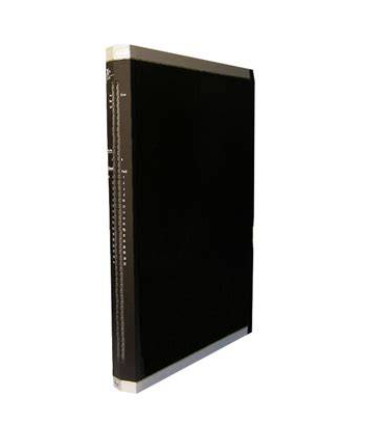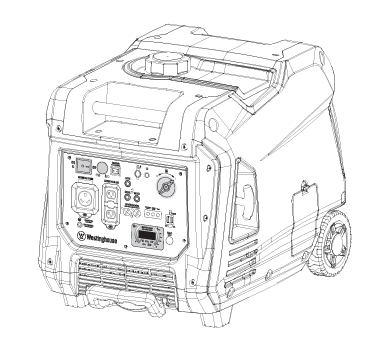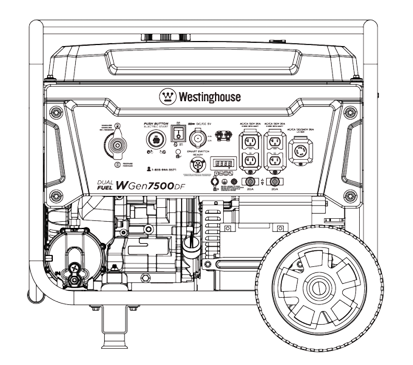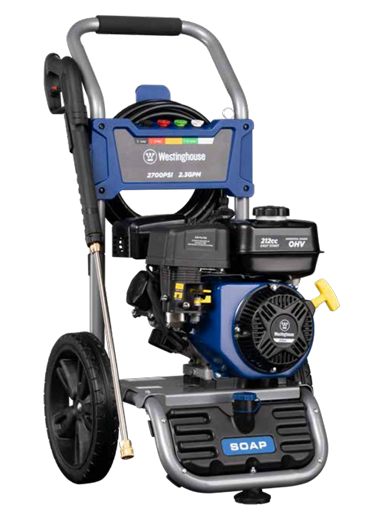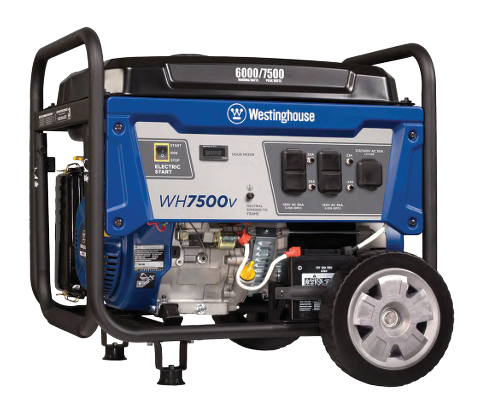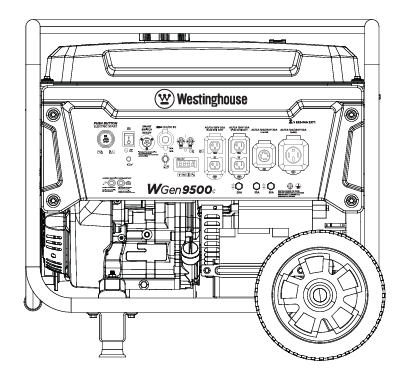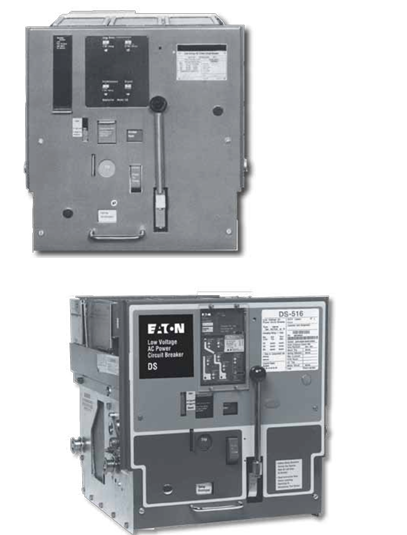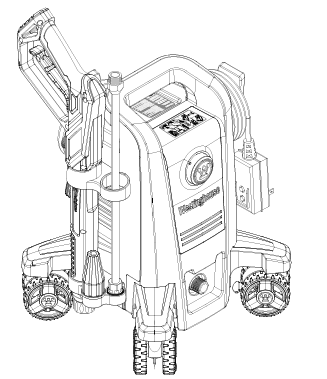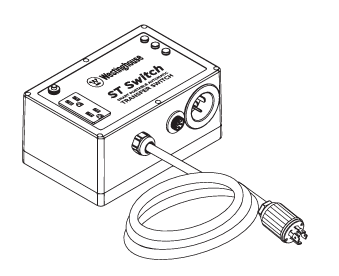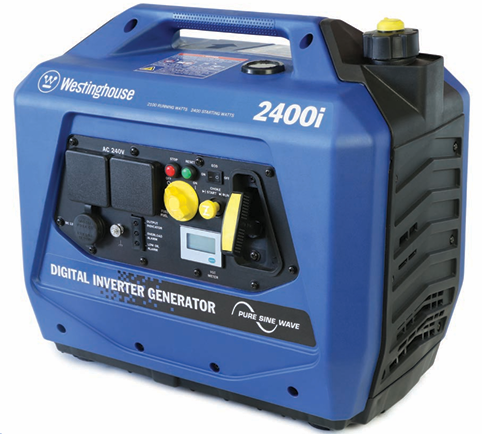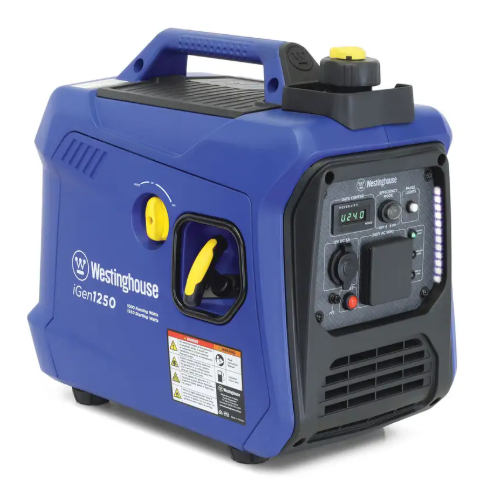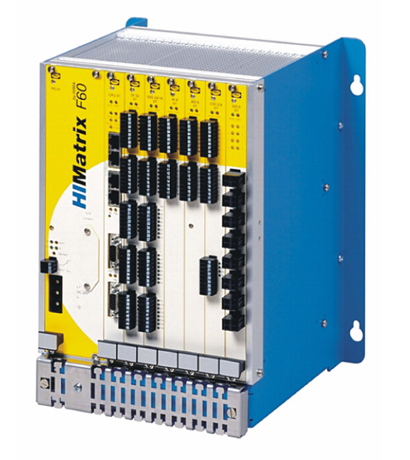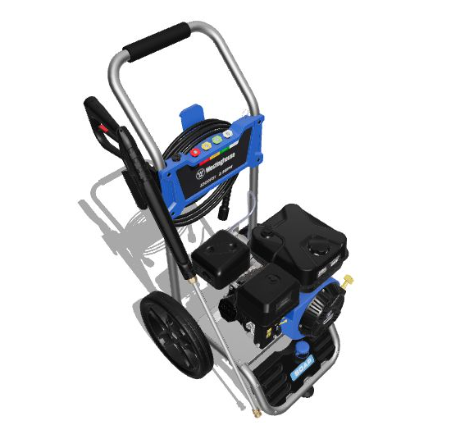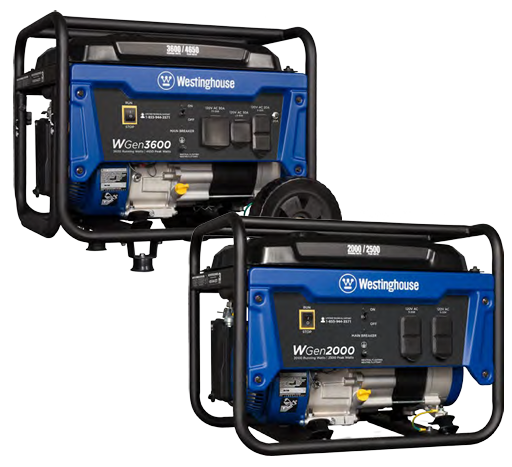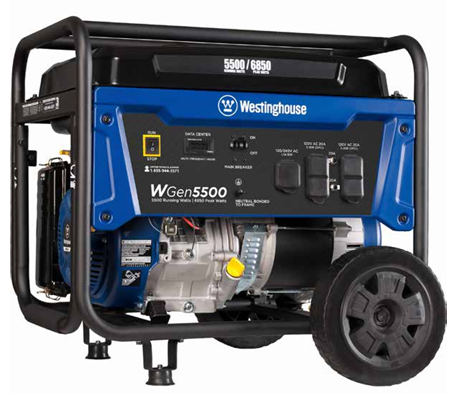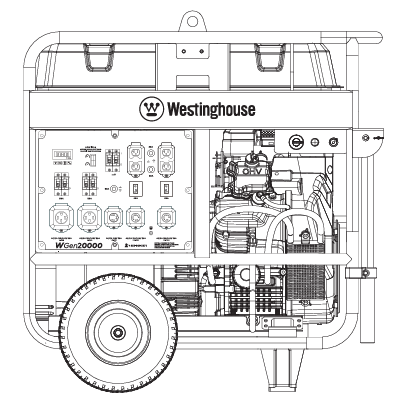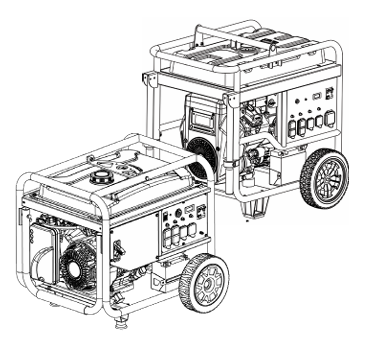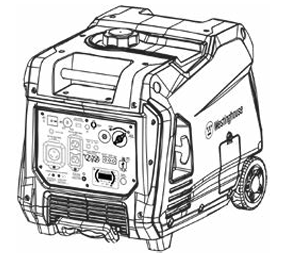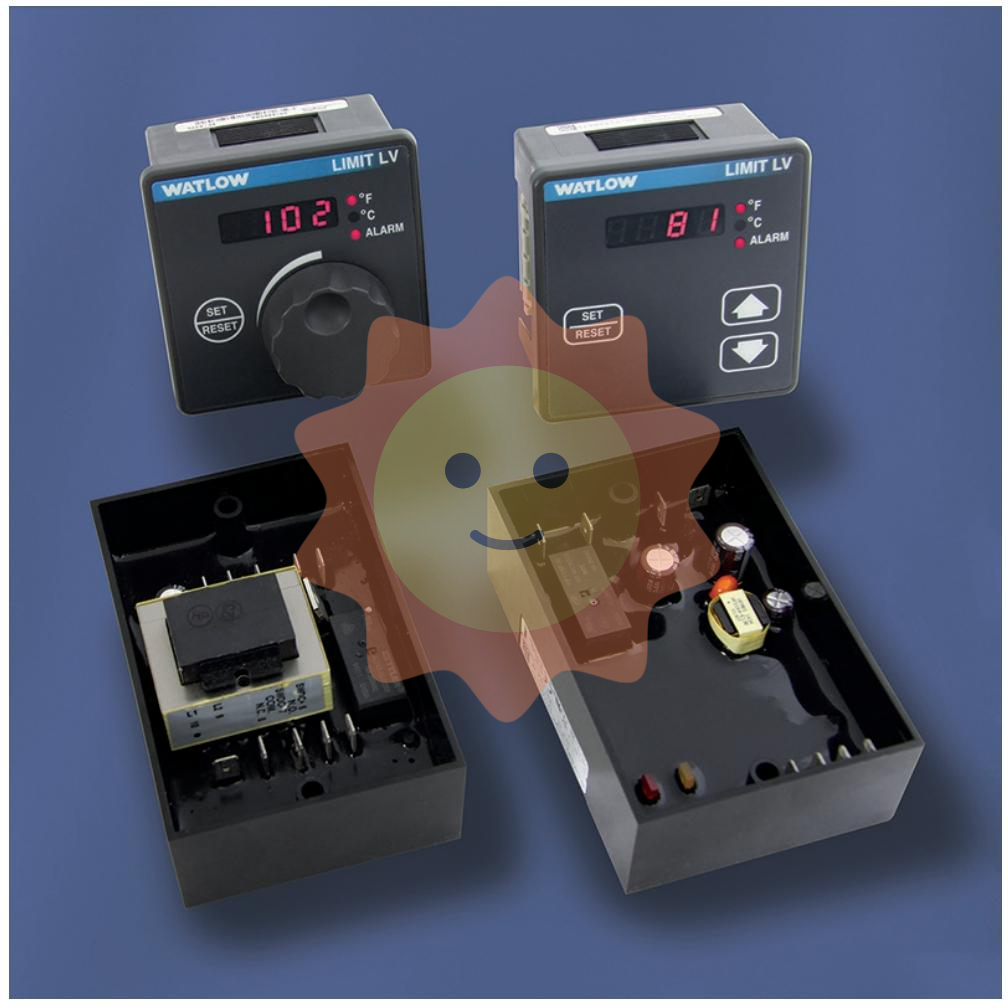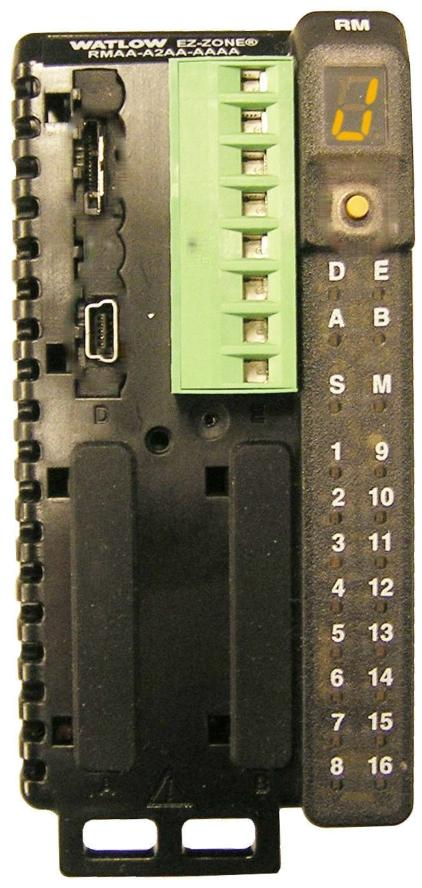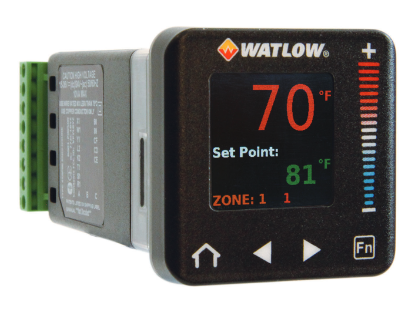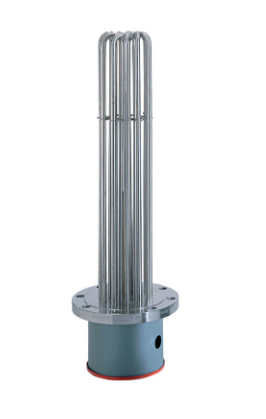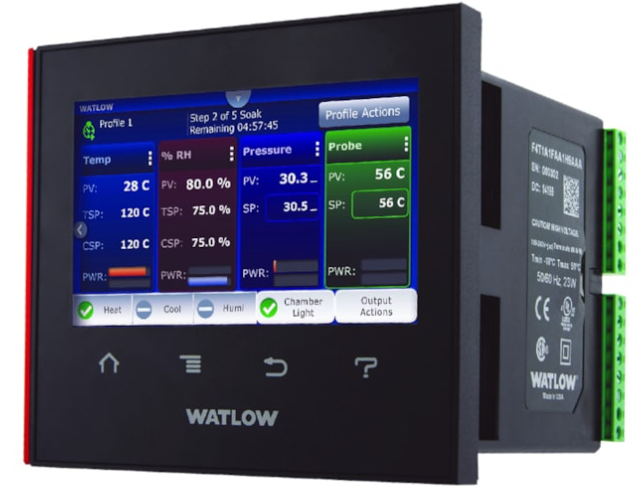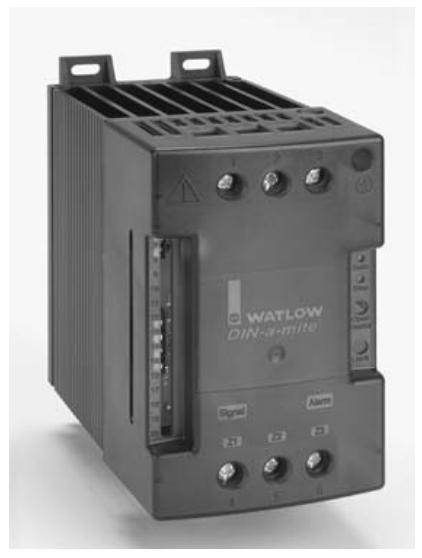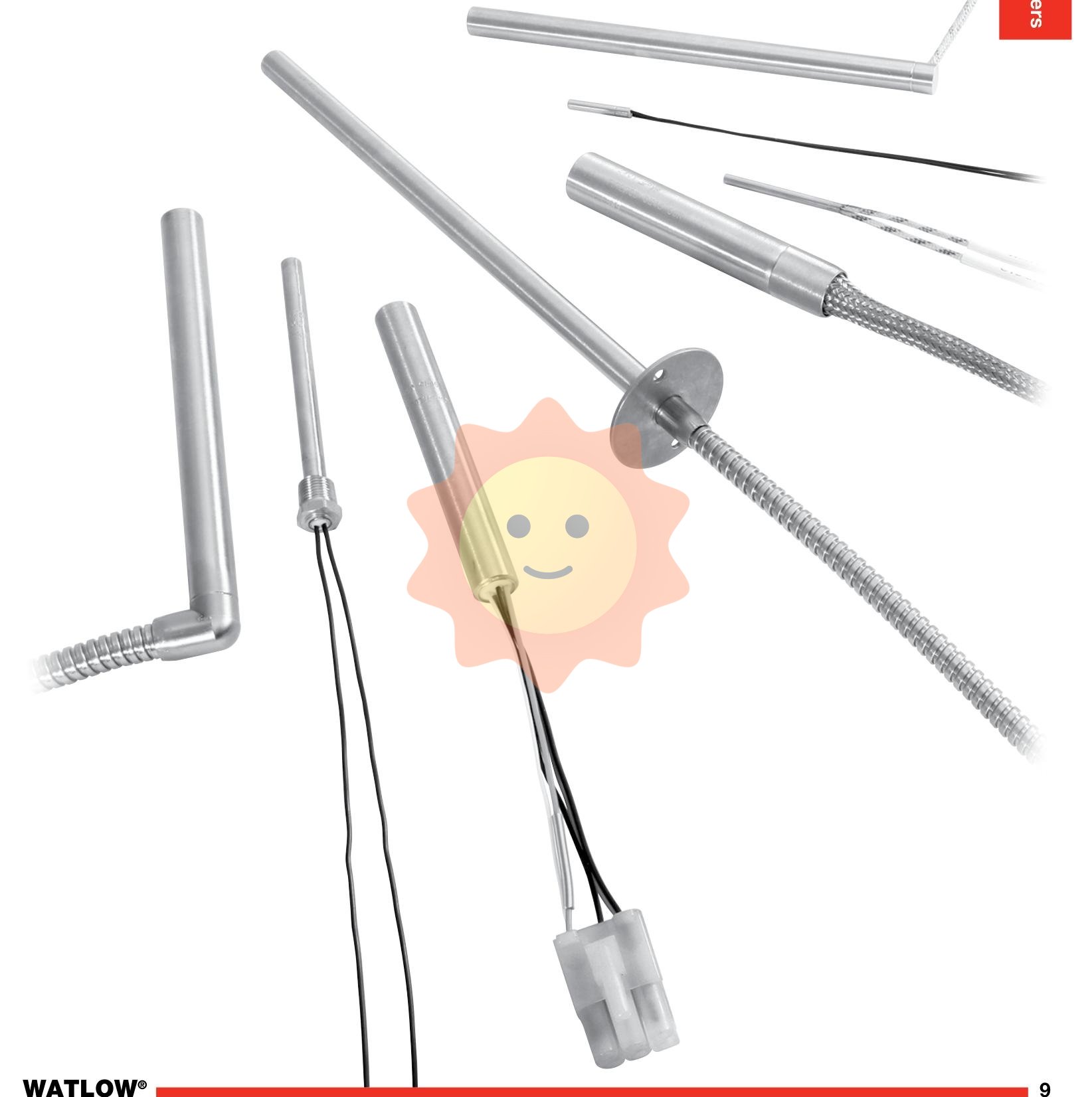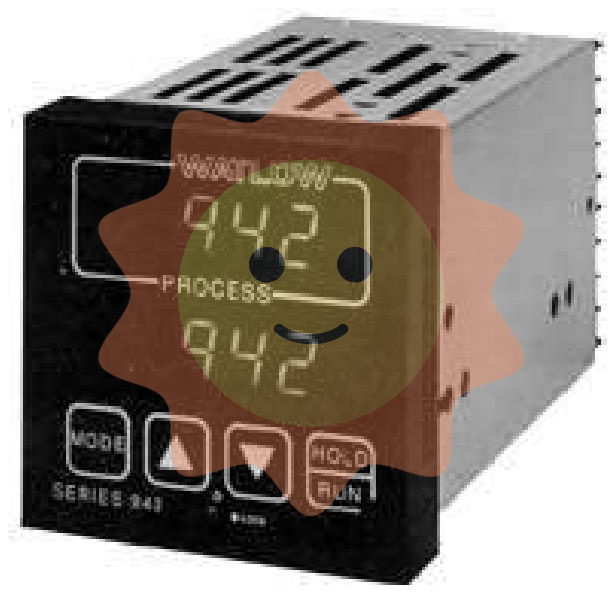Manufacturers
ABB
Model(s)
ABB Advant Controller 31, ABB Advant OCS
Estimated Shipping Size
Dimensions: 5.0" x 3.8" x 3.5"
(12.7 cm x 9.5 cm x 8.9 cm)
Weight: 0 lbs 12.0 oz (0.3kg )
Tariff Code: 8537109060
Country of Origin: France
Ships from Webster NY, USA
ABB 1SBP260025R1001 07CT42 Programmable Logic Controller
Basic Information
Model and Series:
This unit model is 1SBP260025R1001 and belongs to ABB's 07CT42 Programmable Logic Controller series.PLC is a core control device in industrial automation, which can be programmed to flexibly control a variety of industrial equipment and production processes.
Appearance and size guess:
Considering the functionality and practical application scenarios, it is probably a rectangular shaped device. Its length is probably around 20 - 30 cm, width is around 15 - 20 cm and thickness is probably between 10 - 15 cm. The weight is estimated to be in the range of 1 - 3 kg, which is convenient for mounting in a control cabinet or console and provides good stability in industrial environments.
Origin speculation:
ABB's high-end industrial control equipment is usually produced in regions with advanced industrial manufacturing technology, probably from European countries such as Sweden. These regions have advanced electronic manufacturing technology and strict quality control system, which helps to ensure the high quality and reliability of the PLC, so that it can adapt to the complex industrial environment.
Performance Features
Programming Functions:
Adopts advanced programming language and programming environment to facilitate program development by engineers. A variety of programming languages may be supported, such as Ladder Diagram (LAD), Instruction Table (STL), Function Block Diagram (FBD) and so on. Ladder diagram language is intuitive and easy to understand, similar to the electrical control schematic diagram, which is easy for engineers who are familiar with electrical control; instruction table language is more compact, suitable for experienced programmers to carry out complex logic programming; Function Block Diagram (FBD) language facilitates modular programming and improves the readability and maintainability of the program.
With a rich instruction set, it can meet the needs of a variety of complex control logic. These instructions can be used to process digital and analogue signals, such as logic operation instructions (with, or, not, etc.), arithmetic operation instructions (addition, subtraction, multiplication, division, etc.), data processing instructions (shift, compare, transfer, etc.), timer and counter instructions, etc. Through the combination of these instructions, precise control of industrial equipment can be achieved, such as controlling the starting and stopping of motors, speed adjustment, and the degree of opening and closing of valves.
Input and output interface characteristics:
Equipped with many types of input and output interfaces to suit different external device connection needs. It may have digital input interfaces for receiving signals from digital devices such as push buttons, switches, proximity sensors, etc.; digital output interfaces can be connected to digital control devices such as relays, indicator lights, solenoid valves, etc. It may also have analogue input interfaces to receive signals from analogue devices such as temperature sensors, pressure sensors, flow sensors, etc., and analogue output interfaces to connect analogue actuators such as frequency converters and control valves.
The input and output interfaces have good electrical characteristics and are compatible with a wide range of industry standard signals. Digital input interfaces may support different voltage levels, such as 24V DC, etc. Analogue input interfaces are able to handle common analogue signal ranges, such as 0 - 10V DC, 4 - 20mA, etc. Moreover, these interfaces may be equipped with electrical isolation to effectively prevent external interference signals from affecting the PLC's internal circuits, as well as to protect the internal circuits from damage caused by external equipment failures.
Communication and Networking Capability:
Possesses powerful communication functions and supports a variety of communication protocols and interfaces for data exchange and networking control with other devices and systems. It may include Ethernet interface, through which the Ethernet protocol can be easily accessed to the LAN or Internet of the factory to achieve remote monitoring and remote programming; RS-485 interface, which is suitable for connecting some traditional industrial devices and fieldbus networks, such as connecting sensors, actuators or other PLCs with RS-485 communication function; it may also support industrial Ethernet protocols, such as Profinet It may also support industrial Ethernet protocols such as Profinet, EtherNet/IP, etc., which are used to build high-performance industrial automation networks.
Distributed control and data sharing can be achieved. In a large-scale industrial automation system, it can communicate with other PLCs, remote I/O modules, and upper computer monitoring systems to achieve centralised management and decentralised control of data. For example, in the automated production system of a multi-storey plant, PLCs in different areas can communicate with each other through the network to coordinate various production links and improve production efficiency and management level.
Reliability and operating environment adaptability:
Highly reliable design is adopted to ensure that it can operate stably for a long time in industrial sites. In terms of hardware, the use of high-quality electronic components, with good anti-interference ability, can work properly in harsh industrial environments, such as in high temperature (may reach 50 - 60 ℃), high humidity, strong electromagnetic interference and other conditions can still maintain stable performance. In terms of software, there may be a perfect fault diagnosis and self-recovery mechanism, when there is a programme error, communication failure, power fluctuations, etc., it can automatically detect and try to restore normal operation, reduce downtime, and protect the continuity of industrial production.

- User name Member Level Quantity Specification Purchase Date
- Satisfaction :
-









Email:wang@kongjiangauto.com

